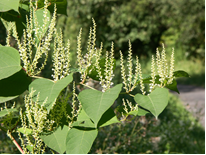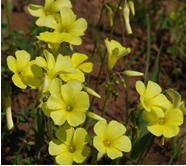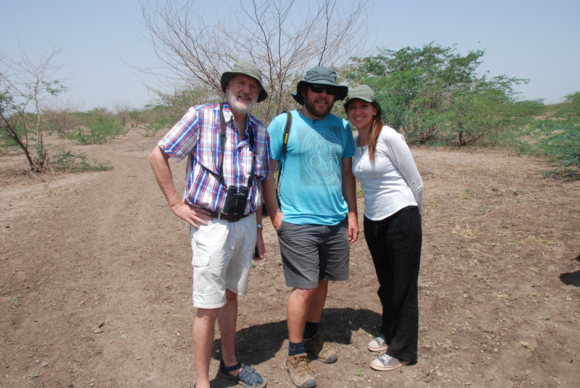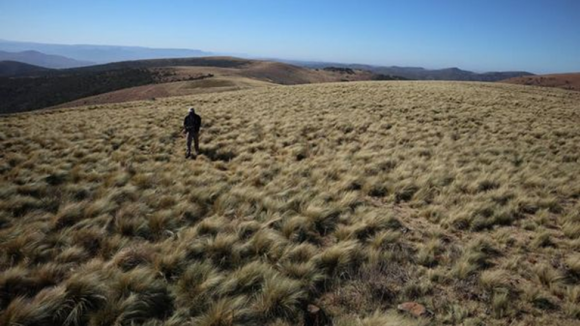14 November 2011 | By Mariska te Beest
Much remains to be understood about why some introduced species become invasive whereas others do not. Recently, polyploidy (whole genome duplication) has been proposed as an important determinant of invasiveness in plants. Genome duplication has played a major role in the evolutionary history of angiosperms and can drastically alter a plant’s genetic make-up, morphology, physiology and ecology within only one or a few generations. This may allow some polyploids to succeed in strongly fluctuating environments and/or effectively colonize new habitats and, thus, increase their potential to be invasive.
A team of C·I·B-affiliated researchers comprising post-doctoral associate Mariska te Beest and core team members Jaco Le Roux and Dave Richardson worked with researchers from the Czech Republic and Norway to synthesize current knowledge on the importance of polyploidy for the invasion of introduced plants.

Research on the mechanisms and effects of polyploidy has advanced recently as new cytogenetic and molecular tools have become available. For example, plants can now quickly and affordably be screened for ploidy using flow cytometry, making comparisons among invasive alien, native and non-invasive taxa possible. Similarly, advanced molecular methods for measuring, for example, altered gene regulation and expression and epigenetic structure, have resulted in new insights into the genomic and genetic consequences of polyploidy.
The effect of polyploidization on the ecology of plants is mediated by altered plant morphology and physiology. An immediate consequence of becoming polyploid is an increase in cell size, resulting in lower growth rates and slower metabolism, but taller and more robust plants, with larger flowers and more and bigger seeds. Many of the ecological factors attributed to polyploids, such as higher tolerance of abiotic stress and different biotic conditions (niche breath) and subsequent higher colonization ability, are also associated with invasiveness in novel habitats. However, the effect of polyploidy on the ecology of plants remains poorly understood. There are only few studies that compare attributes of native and introduced cytotypes in growth experiments, and many more are needed to shed light on the complex interaction between polyploidization and invasion success.

The authors identified four possible avenues for invasive success of polyploid plants and discussed a model species for each. The direct effects of a polyploidization event in the native range may predispose species to be better adapted to harsher conditions in novel environments (‘pre-adaptation’), thereby giving polyploids a higher survival rate and fitness in the earliest establishment phase, as, for example, in Centaurea stoebe. Alternatively, a versatile genome, with high intraspecific ploidy heterogeneity, might increase potential for evolutionary novelty and/or shifts in reproductive mode. Hybridization and polyploidization events in the introduced range might increase adaptation to the novel environment due to a larger genetic diversity and may assist the ‘evolution of invasiveness’, as, for example, in Fallopia taxa (Fig. 1). The flexibility in reproductive behaviour that is frequently associated with an increase in ploidy might be highly relevant for colonizing species by increasing the ability to reproduce under sub-optimal conditions and allowing for asexual reproduction in the absence of suitable mates, as, for example, in Oxalis pes-caprae (Fig. 2). Alternatively, polyploidization may play an important role by restoring sexual reproduction after hybridization, as, for example, in Spartina anglica. This flexibility in reproductive behaviour might also counteract the reduced fertility that is often found in polyploids.
In summary, the authors suggest that polyploidy might be an important factor in species invasion success. They encourage invasion biologists to incorporate assessments of ploidy in general models that seek to explain why some species are more successful than others as invaders.
Contact the author Mariska te Beest



